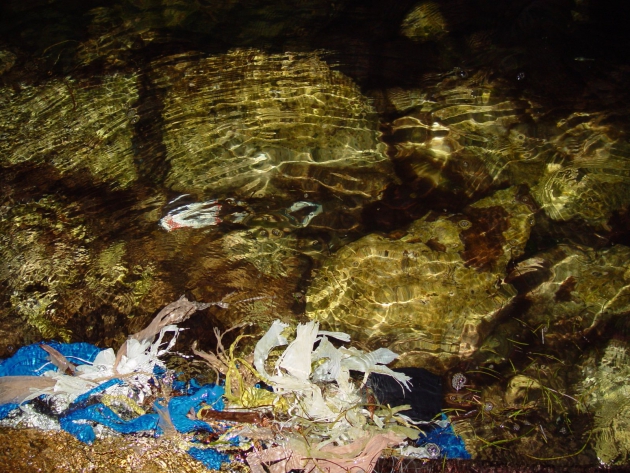With more than 30 years’ experience in the residential and commercial water treatment space, Mark Nelson is a Class 1 Drinking-Water Operator and a CBWA (Canadian Bottled Water Association) Certified Plant Operator. As founder and president of Nelson Water in Ottawa, Mark focuses on dealing with challenging water treatment system designs for problem water. He also heads the largest water bottling plant in the city of Ottawa with a delivery network throughout the Valley.
Pollution is a growing concern throughout the world, particularly when it affects our water sources. Despite there being significant progress in addressing pollution over the last 20 years, there are still water pollution issues that need to be tackled in Canada.
Oil Sands Pollution
The oil sands in Alberta are a major cause of water pollution in Canada. The site has a large carbon footprint with climate pollution causing tar sand oil to create growing emissions levels. Over the next five years, this is set to hit 104 MtC02, which is so high it is double the total emissions of Norway. The increased levels of acid rain caused by the oil sands lead to water contamination. This has a negative impact on the ecosystem of the rivers and lakes in Canada.
Pollution in the Great Lakes
Air pollution, pesticide runoff, wastewater and development are the leading sources of pollution affecting the Great Lakes. This is not only significant for Canada, but also the world, as the Great Lakes represent approximately 20% of the global fresh water supply. Over 35 million people in Canada and the United States rely on the Great Lakes as a water supply. In addition to the damage of pollutants produced in the present day, the Great Lakes are still being impacted by the changes brought about by early settlement and industry that occurred in the region. As an example, the decades of industrial activity in the area produced waste that introduced chemicals including PCBs, mercury and DDT into the ecosystem of the lakes. Since these toxic chemicals persist within the environment through the food chain, they can still be present even decades after the original contamination event. The nature of the food chain perpetuating these chemicals makes them particularly difficult to eliminate.
Pollution around and in the Great Lakes is not only an environmental threat, but it can also create problems for economic activity in the area. Climate change has already been a contributing factor in the low water levels, which have affected shipping routes. It has also affected tourism and recreation by creating a shorter boating season.
Chemical Soil Pollution
Although it has not yet created a major problem here in Canada, soil pollution is set to be a challenge in the coming years. Soil pollution is caused by pesticides, chemical spills, oil and other industrial activities. The oil refineries in Canada are one of the main sources of contamination in our soils, with as much as 12 percent of the soil in the forests of Alberta recorded to contain high concentrations of acid.
The common practice of deicing roads is another cause of soil pollution, impacting our water supplies along the way. Deicing is necessary during our freezing winters, but road salt contains high levels of sodium chloride that can cause contamination through runoff. This type of pollution could increase chloride levels by up to 4,000 times, which could have a harmful impact on plants and the ecosystem.
Water pollution could expose us to a variety of health risks and issues. Therefore, it is important to consider if your water source may be at risk of contamination. Fortunately, there are domestic water treatment solutions that can remove any harmful contaminants from your drinking water to ensure that you and your family are protected. If you suspect your home water supply is contaminated, be sure to contact a water treatment professional.

